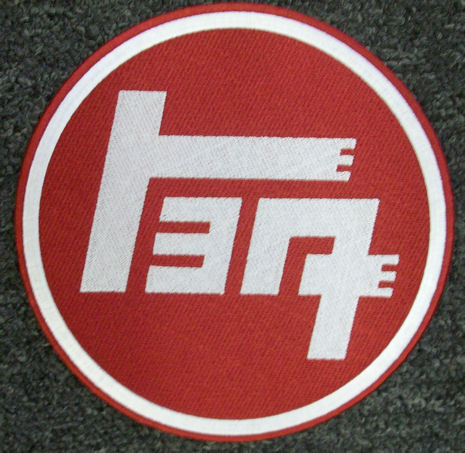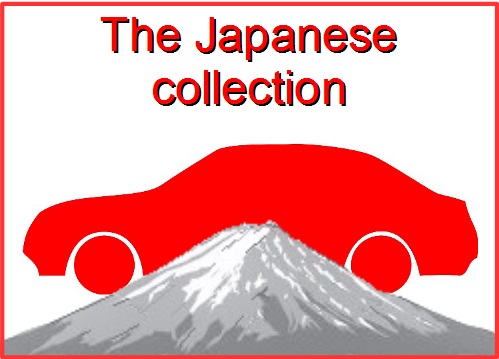
1961 Toyota Publica
Today the Toyota group of companies are the largest automotive manufacturers in the world. The roots of this success started with the prototype “Publica” of 1956. This vehicle, and the processes involved in its development, led to the highly successful Starlet and today’s market leading Yaris.
Like many countries in the decade post WWII Japan had a need for affordable transport. Toyota turned its attention to the small car market realising that the man in the street had little spare cash but aspired to own a car. Toyota's first "people's car" prototype fitted with the Japanese Ministry of International Trade and Industry (MITI) concept for a "national car", as a small, affordable, reliable car that could carry a family. It was developed over six years through several prototypes to be shown to the public at the 1960 “All-Japan Motor Show”.
Building on the public interest generated at the show Toyota instigated a clever promotional plan to win the hearts of the buying public by advertising nationally for the public to name the car. Over 1 million people sent in their ideas and the clever combination of "public" and "car” caught the company’s imagination; the "Publica" was the chosen. Interestingly this promotional system led to a whole new era in product marketing in Japan as well as the new car name for Toyota.
From 1961 the Toyota Publica could be purchased ¥360,000 (US$1,000) 2-door vehicle in a range of body styles such as the usual sedan, convertible and coupé. This range was supplemented with an estate/station wagon, and even a pickup which went on to outlive the other models by almost 10 years and started Toyota on the road to other pick up and van models like the MiniAce. The Publica was intended to have certain performance criterion, like a top speed over 62mph, and do 85mpg, even the servicing intervals had been considered with a requirement stipulated that the vehicle should not break down in any manner before 62,000 miles had been attained.
Despite the initial interest and the marketing/naming initiative the new Toyota didn’t sell well. In simple terms the car was too basic for a Japanese public now emerging from the wartime shortages and wanting a more up-market features than the little Publica was offering.
Toyotas response was in keeping with the continuous improvement, “Kaizen”, approach that originated with the Toyoda A1 car. A luxury version went on sale in 1963 and within 6 months had boosted sales by 70%. Toyota now had a huge hit and a massive chunk of the small passenger car market. But, ever improving the car lead the Publica through several versions until the Publica Starlet gave way to the simple “Starlet” name from 1973. The Starlet range ran until 1999 when the new Yaris became Toyotas small car vehicle.
Toyota has had a small car range ever since and the Publicas development innovations turned it into a sales winner and confirmed the company founder’s ideas of continuous improvement which Toyota still employs today.



This example of the 1961 Toyota Publica was built from the “Micro Ace” 1/32nd scale kit # 41016 (also listed as 20216) issued in 2013. It appears to be the same kit as the “LS” Toyota Publica 700, kit #2153 which LS also released in a different box as kit # 2154. The original date of the kit is unclear but one would think it was from the late 1960s, early 1970s. Incidentally “LS” also issued a racing version as kit #2198.
Back when the plastic model kit industry was gaining pace LS was an innovative brand at the forefront of the industry in Japan. Through the 1960s they carved out a reputation for high quality, accuracy and working parts; not to mention colourful and helpful instruction sheets. Their range covered most of the mainstream genres from ships to tanks, cars to ‘planes. Although LS isn’t producing kits anymore many of their moulds have been picked up by Japanese and other Asian companies so that we can still enjoy the products.
Rod built this model straight from the box around 2015 using Halfords acrylic car spray paints for the main body colour, backed up by his brush applied Humbrol and Revell paints and ink washes from the Games Workshop’s Citadel range. Careful use of Bare metal foil has helped to lift the bumpers.
RETURN TO :-
